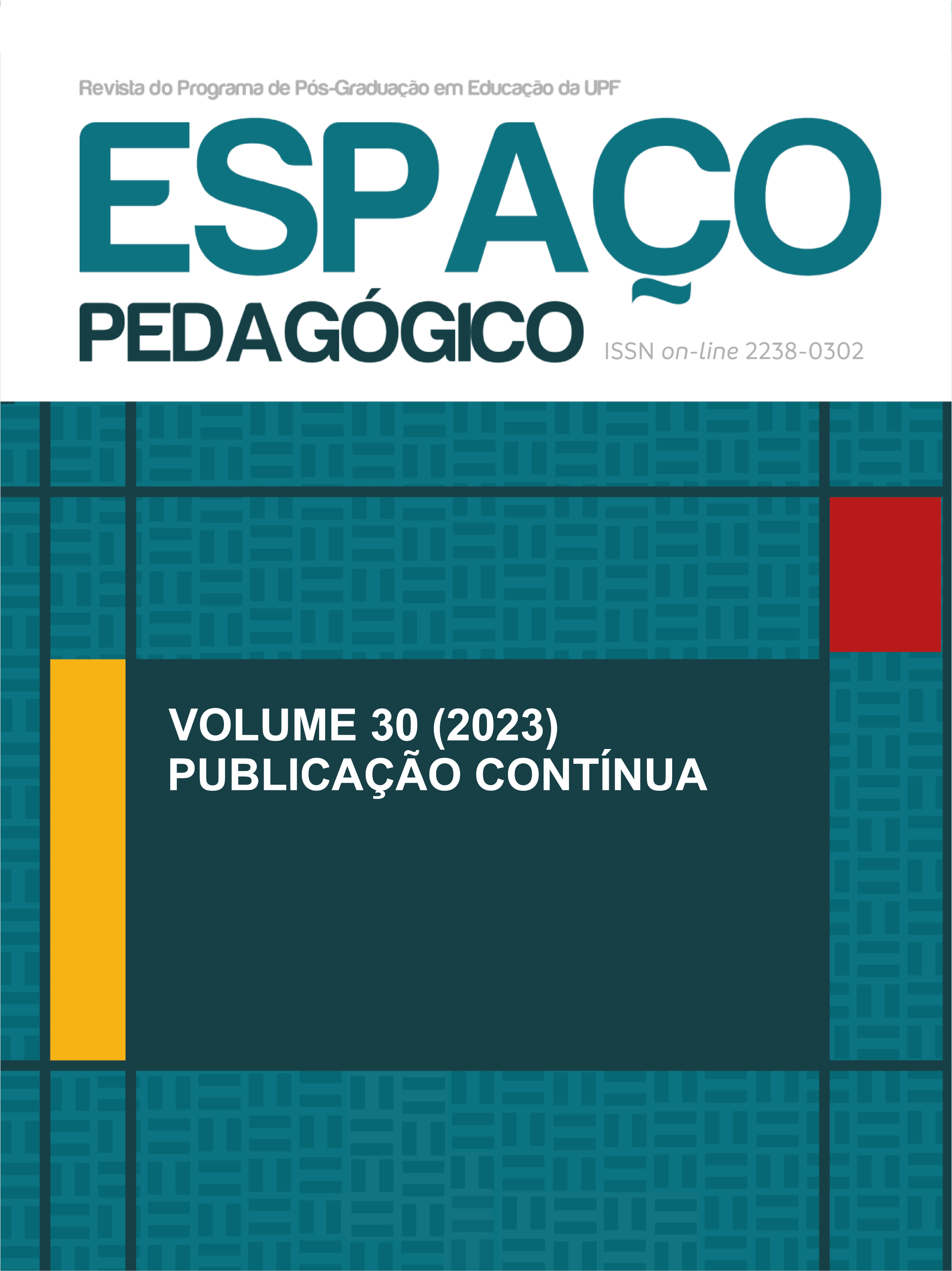New/old Meanings for High School Education
Need, Legitimacy and Curriculum Organization in the 2017 Reform
DOI:
https://doi.org/10.5335/rep.v30i0.14374Keywords:
New High School, Curriculum, RemodelingAbstract
The turmoil and political instabilities that marked Brazil in the period between 2013 and 2016 culminated in the dismissal of President Dilma Rousseff and the inauguration of her former vice president Michel Temer as president. This process was marked by the discursive construction of the existence of a supposed crisis (political, economic, institutional and moral) in the country, whose resolution involved the approval of a series of reforms. Thus, the Secondary Education Reform, like others, was proposed and approved under the binomial crisis/reform, whose necessity/legitimacy was based on two basic elements: the supposed distancing of Secondary Education from the productive sector and the inability of its organizational model curriculum in meeting the desires/needs of a diversity of students who attended Brazilian schools. In this sense, this article, derived from the author's doctoral thesis, aims to discuss how the discursive construction on legitimacy/need for reform for High School resulted in a certain curricular organization, namely: around skills and competences, fragmented, modularized and striving for curriculum customization.




